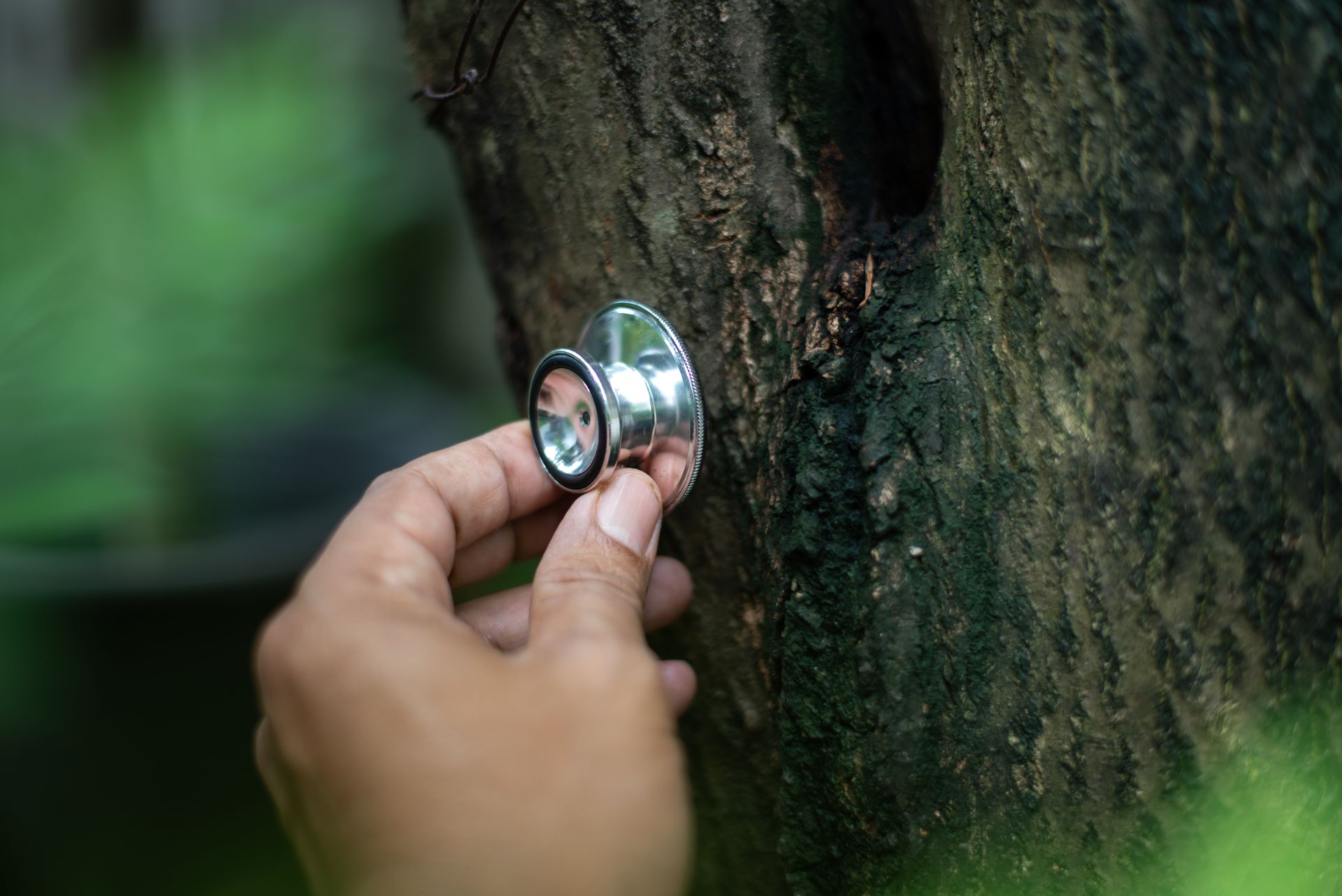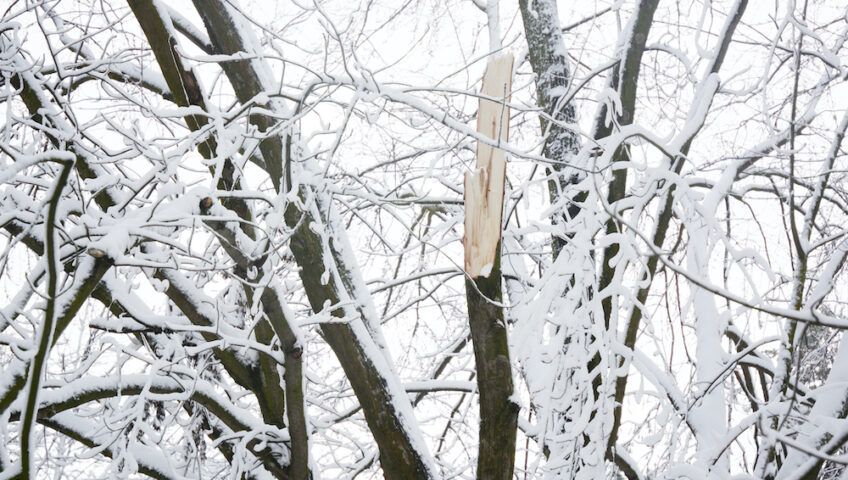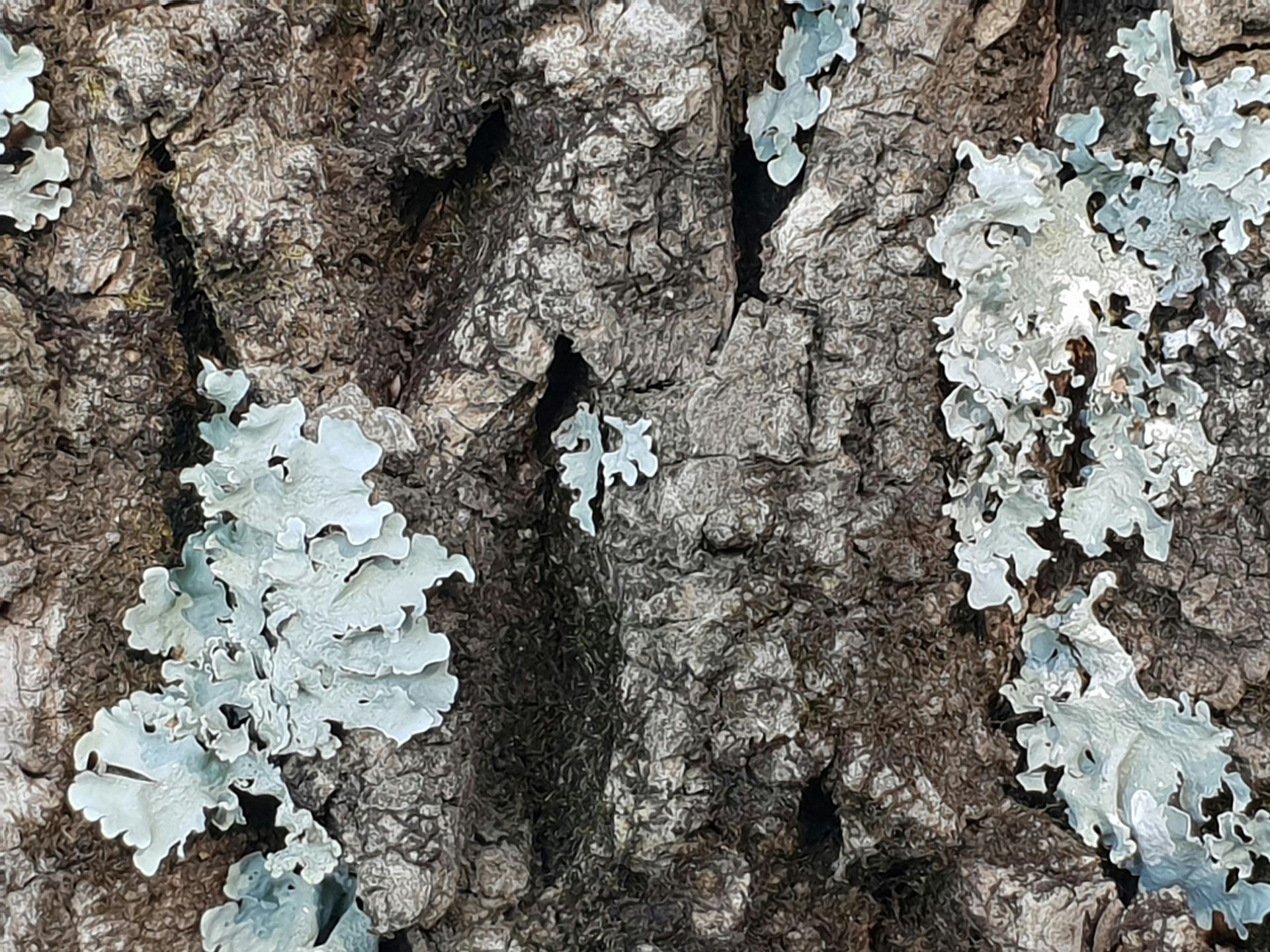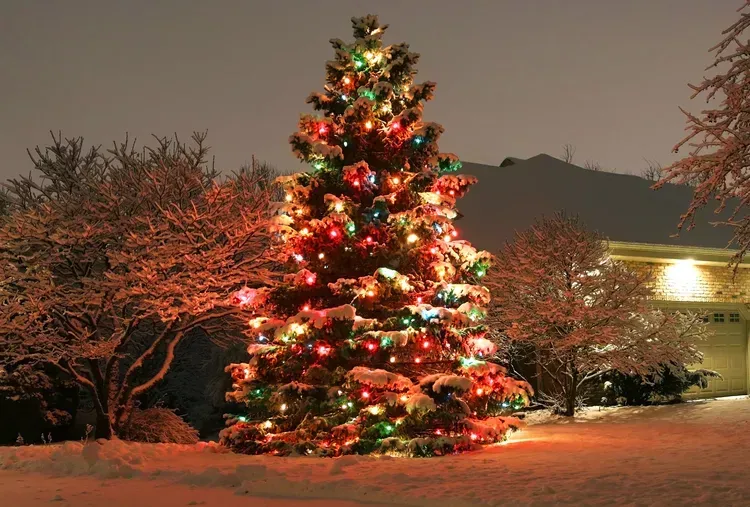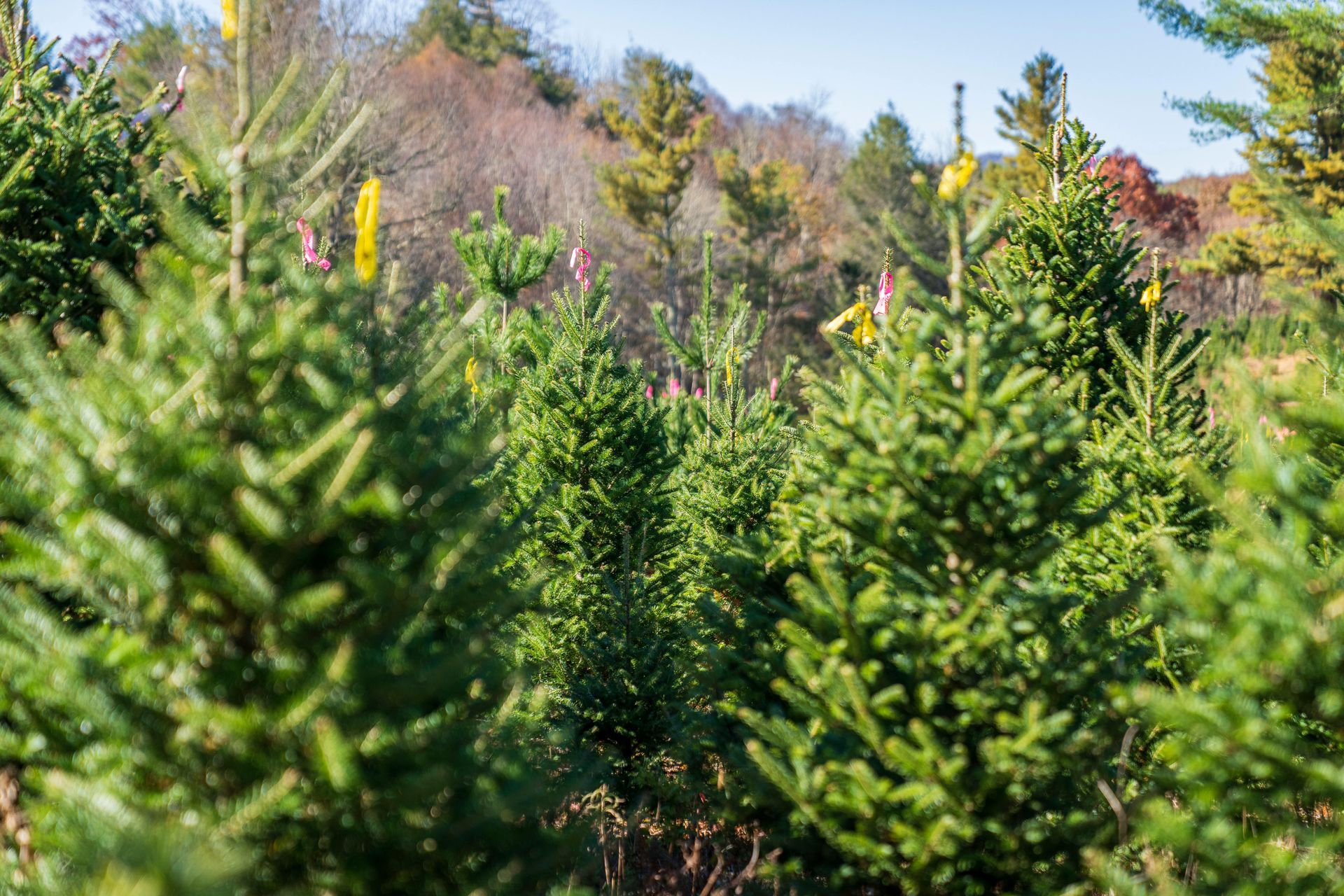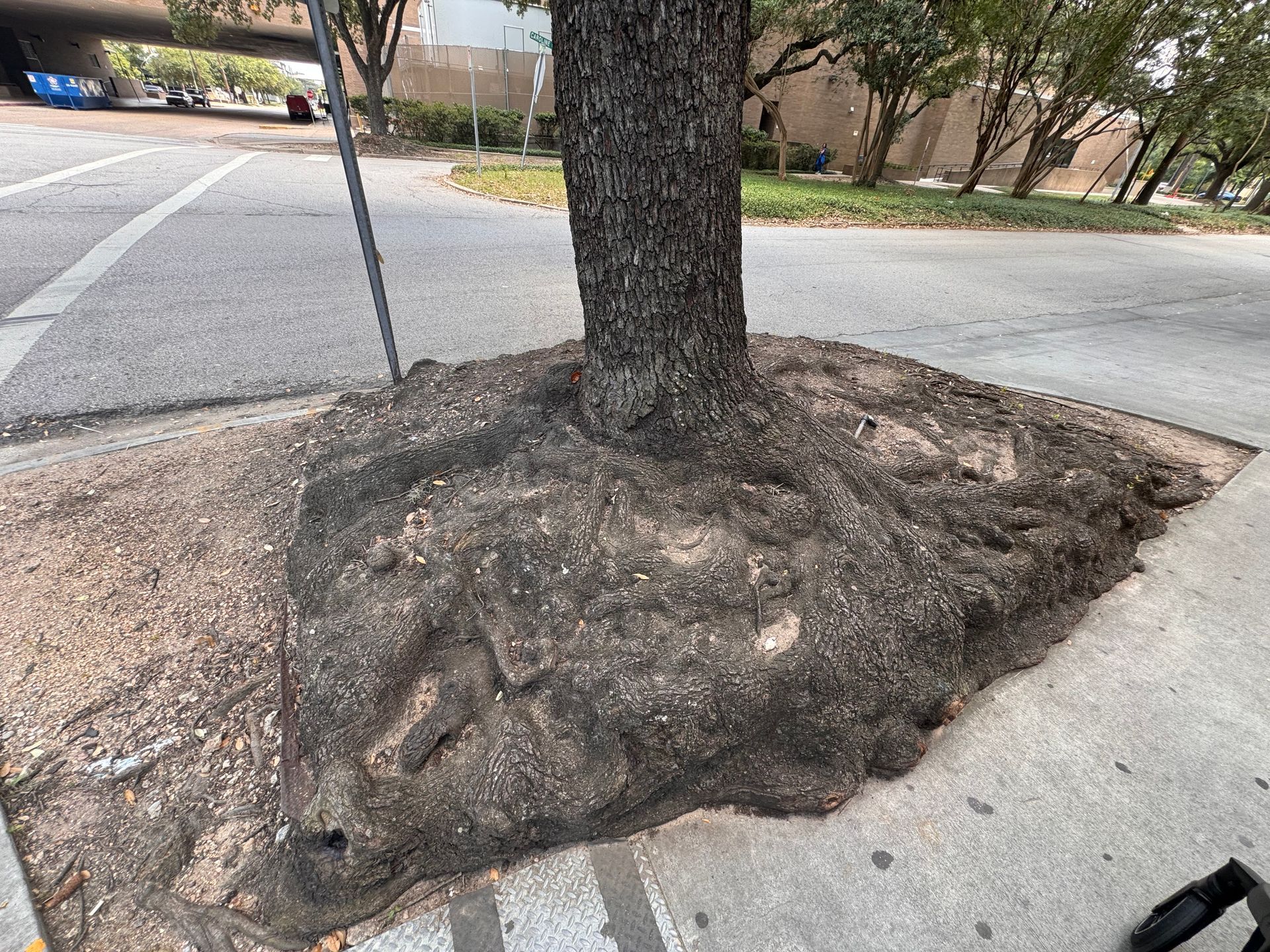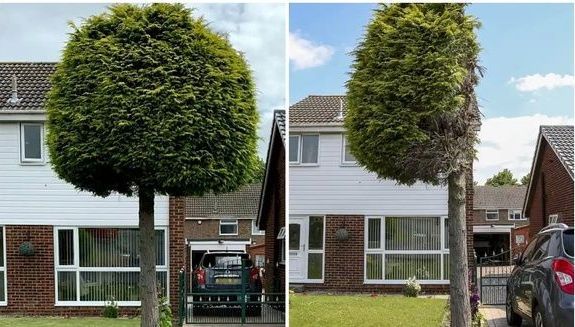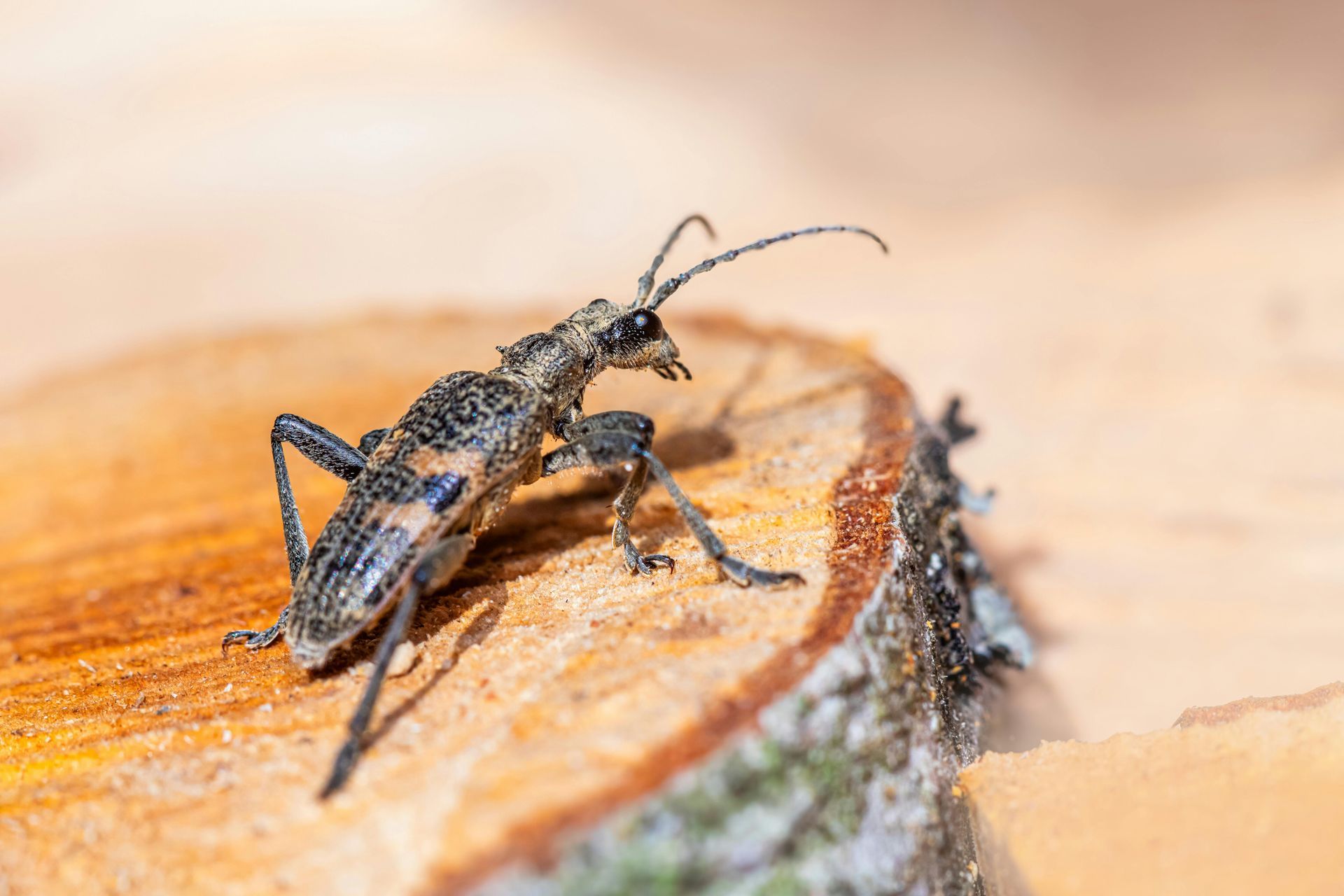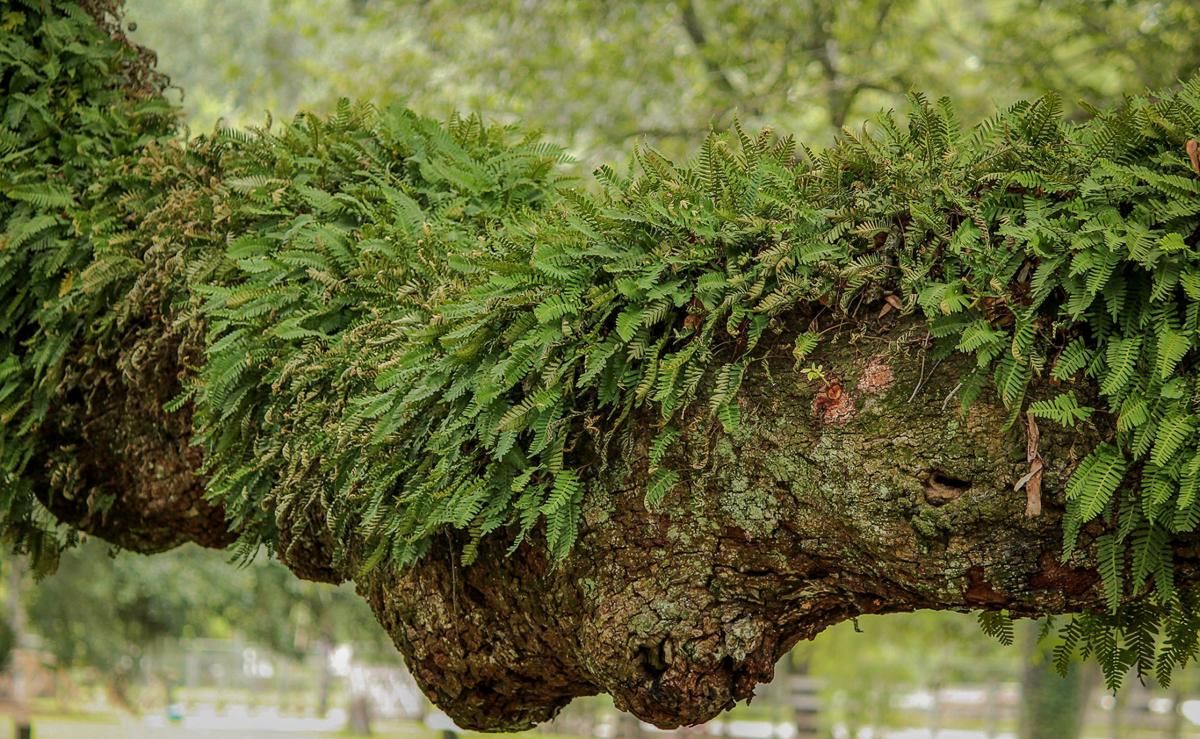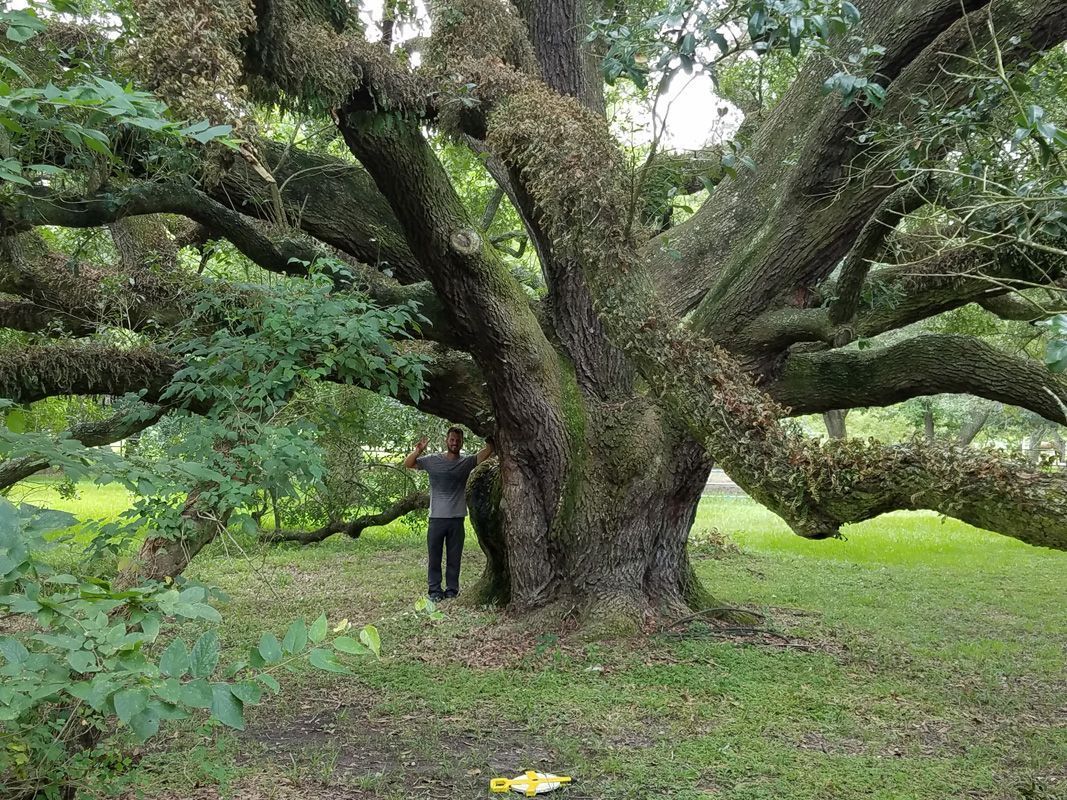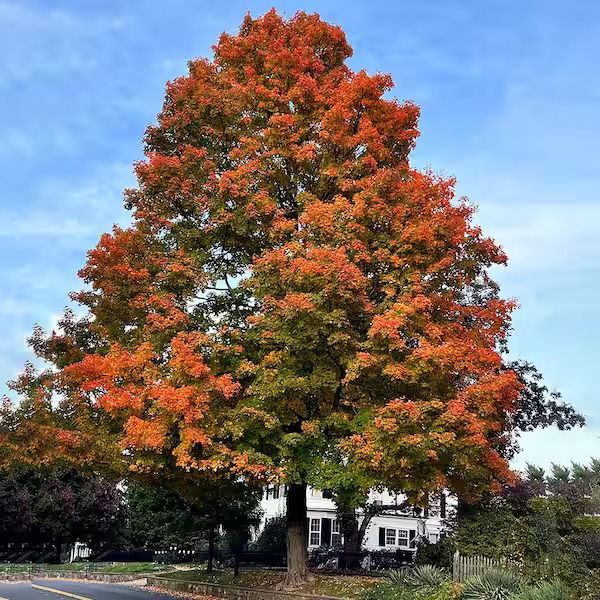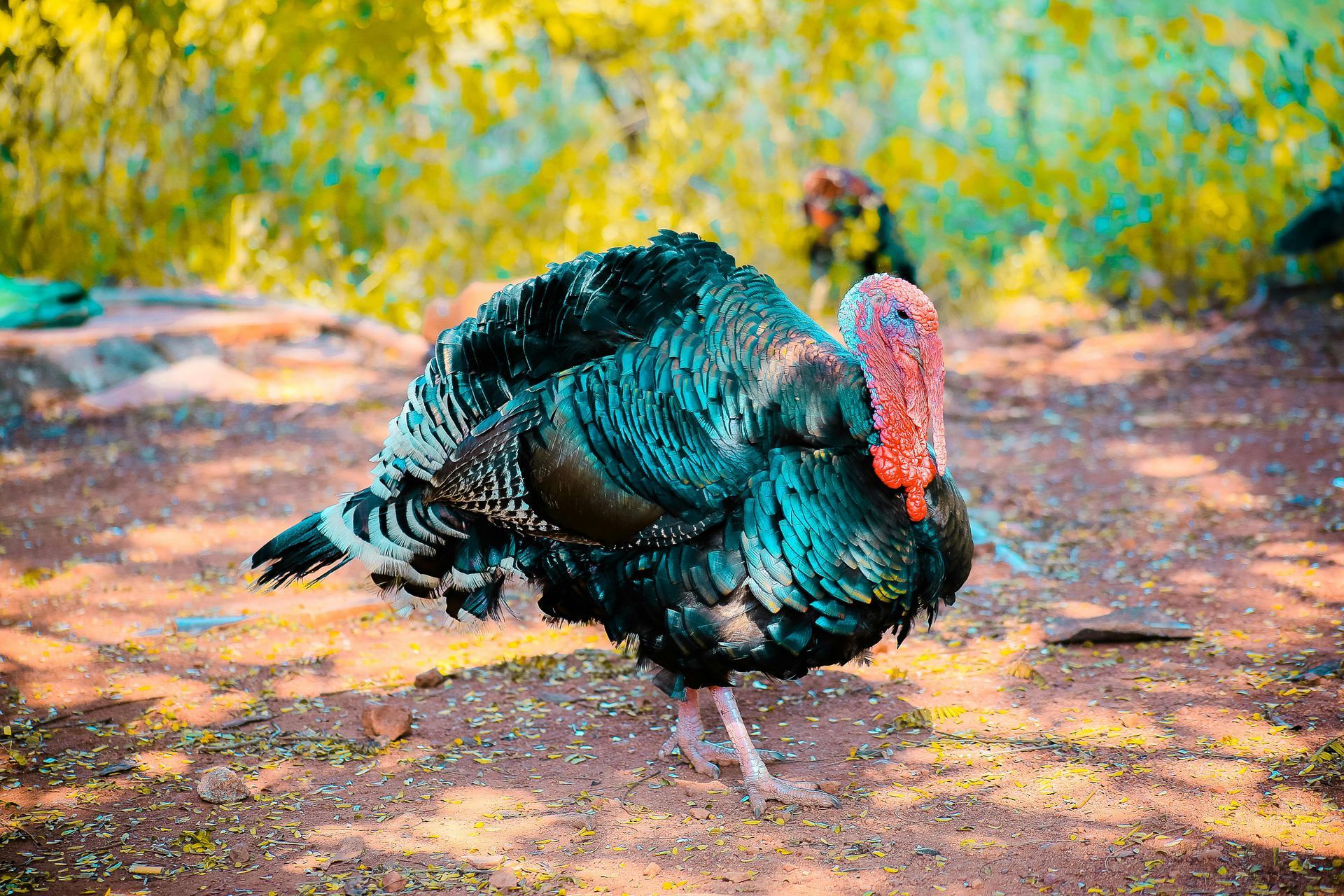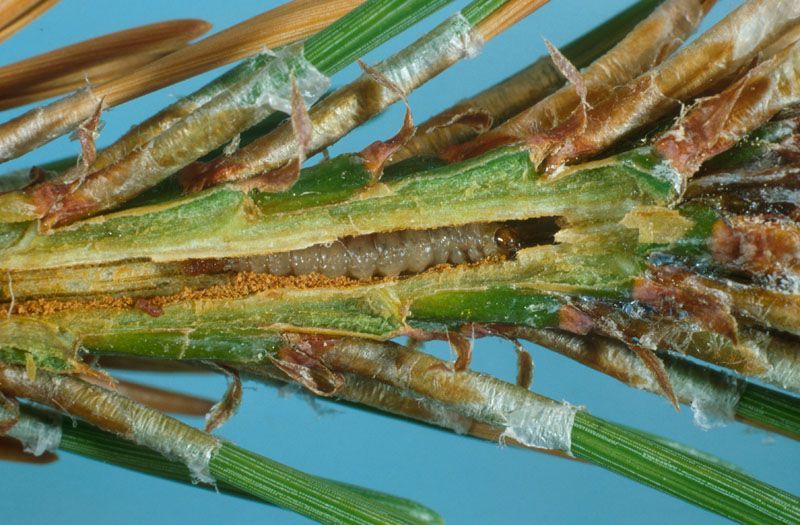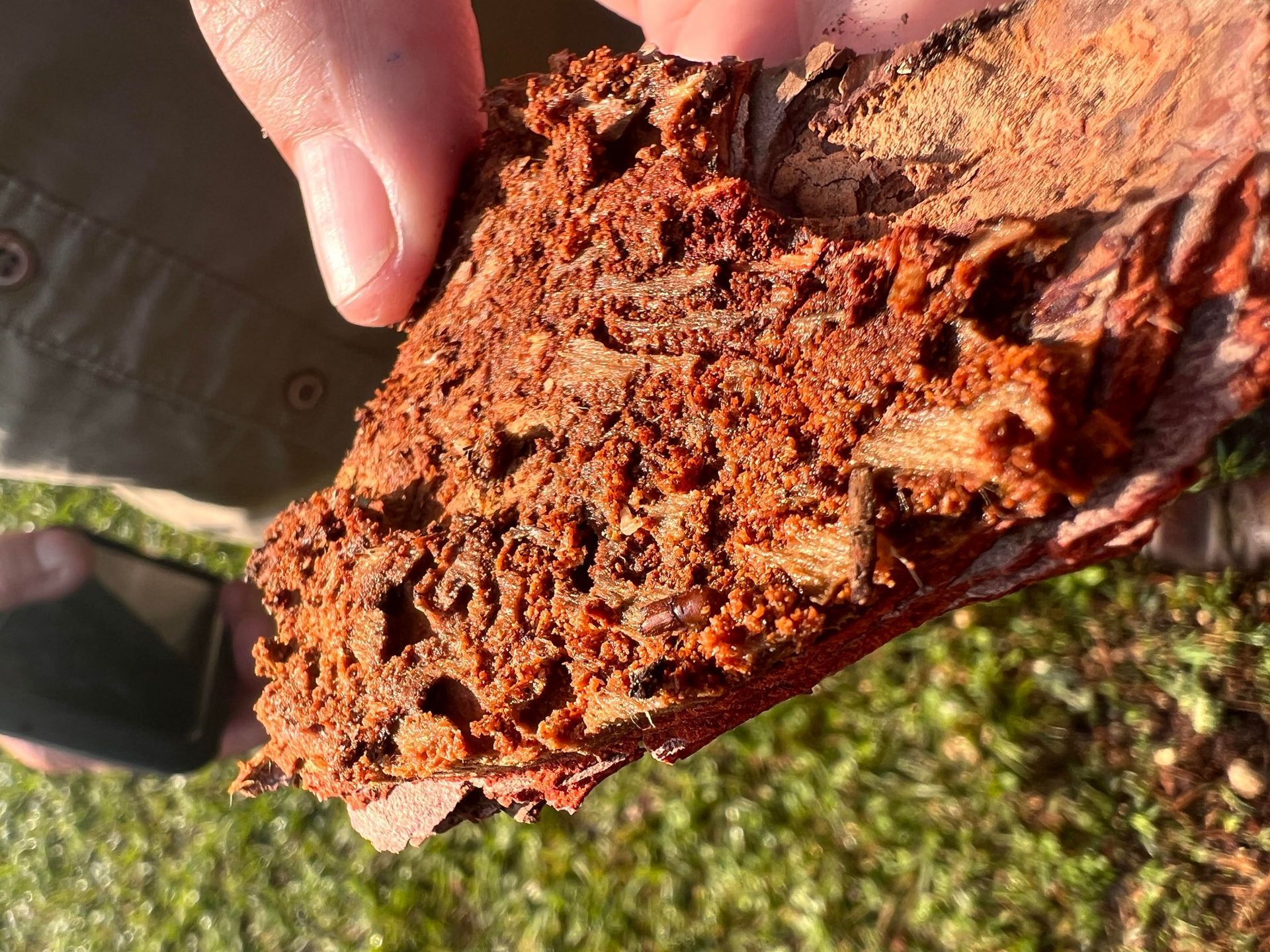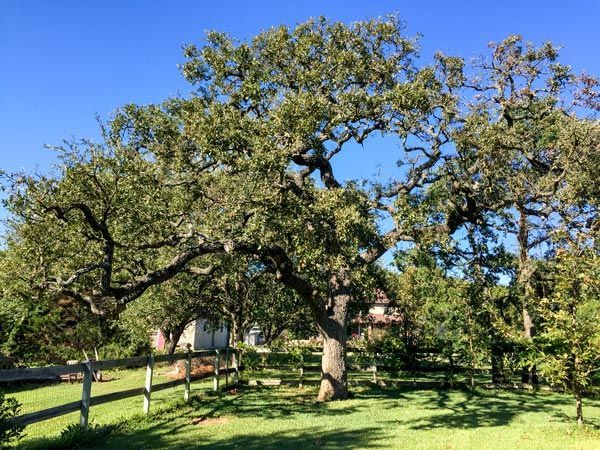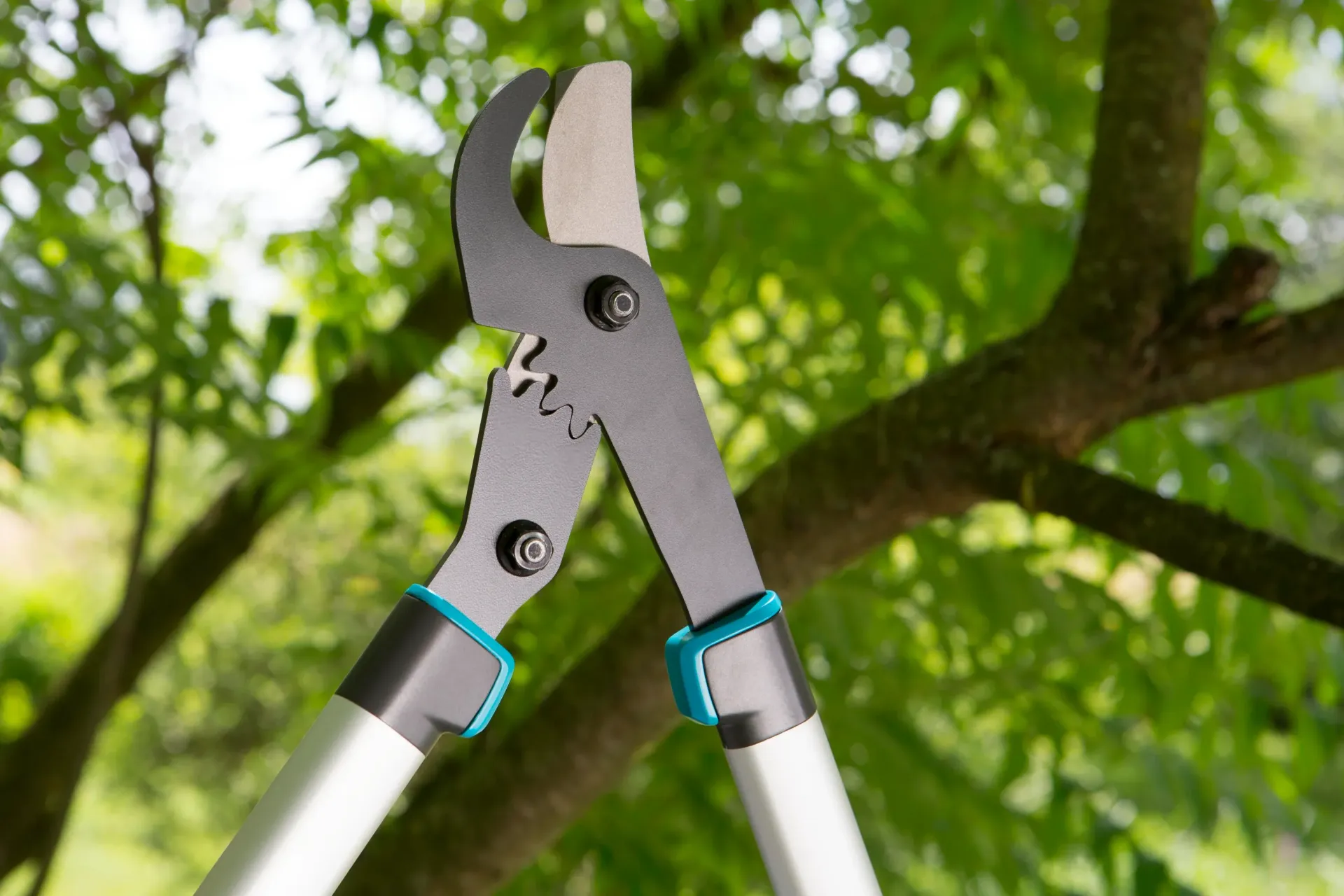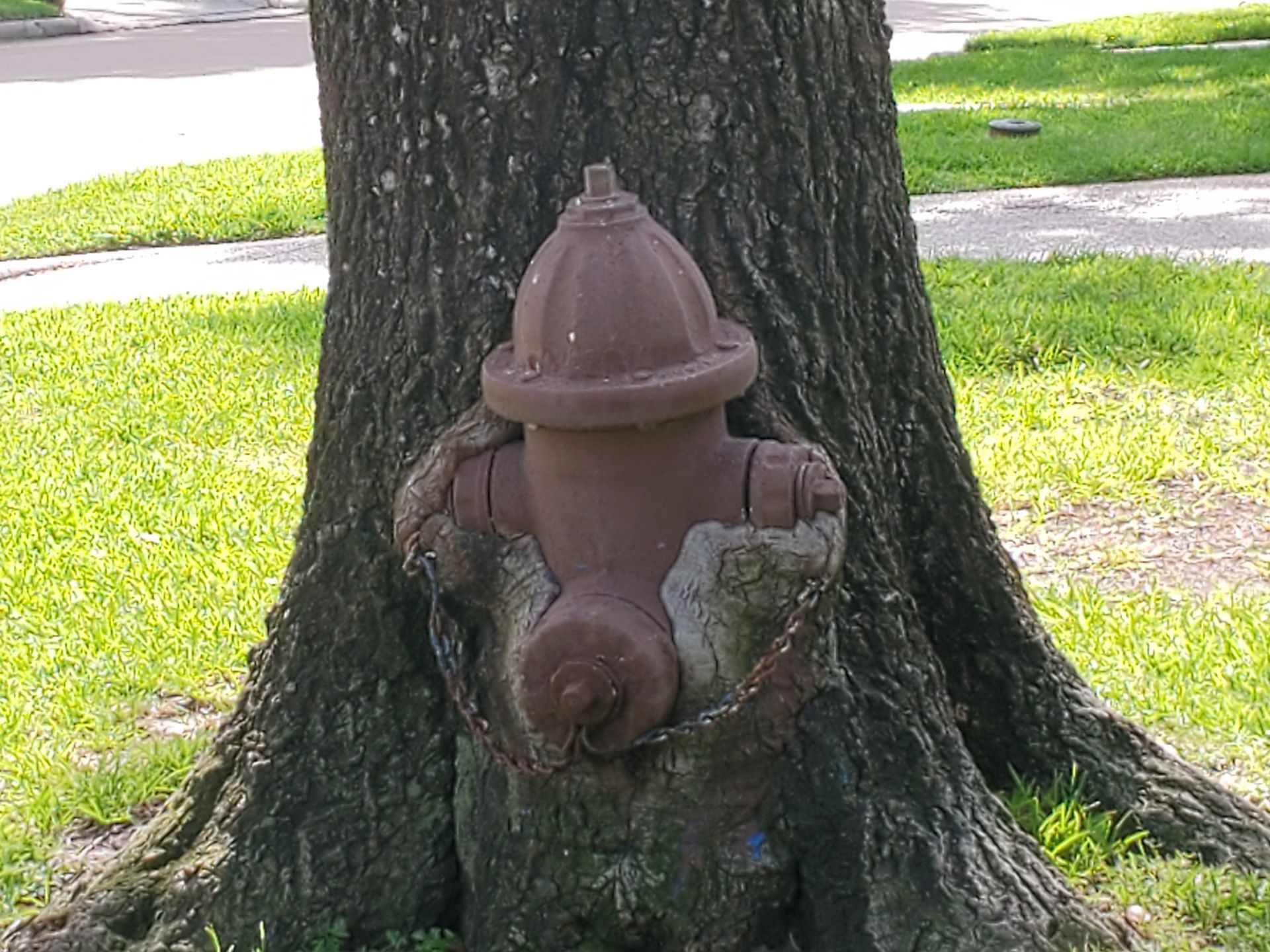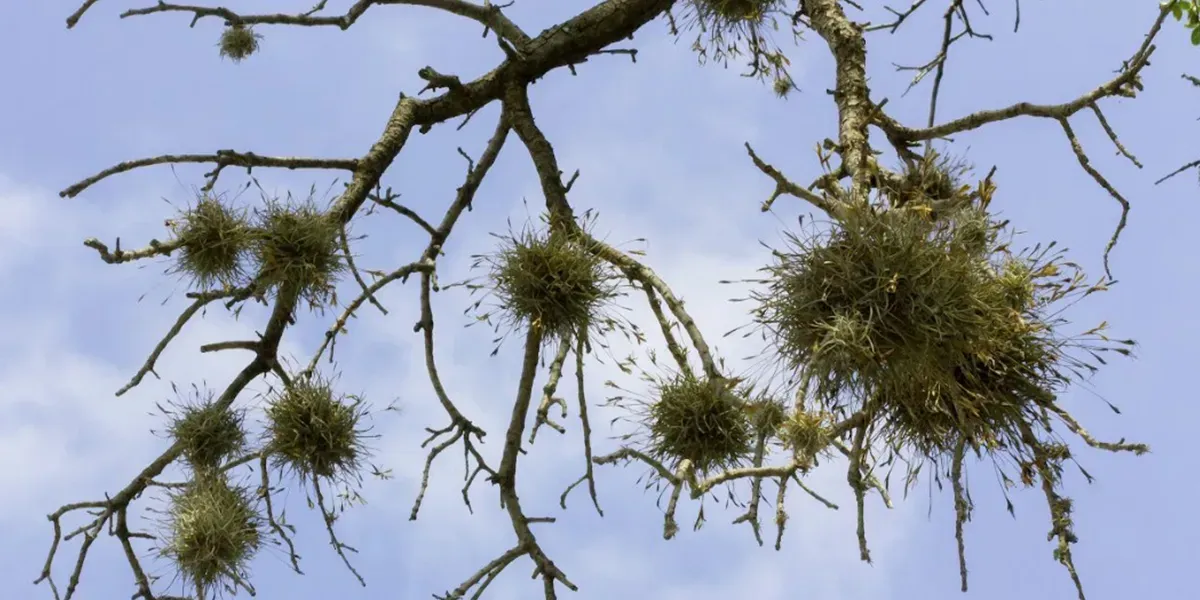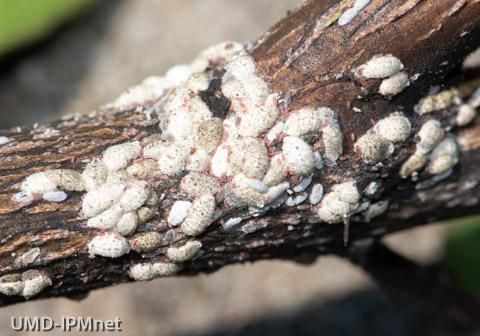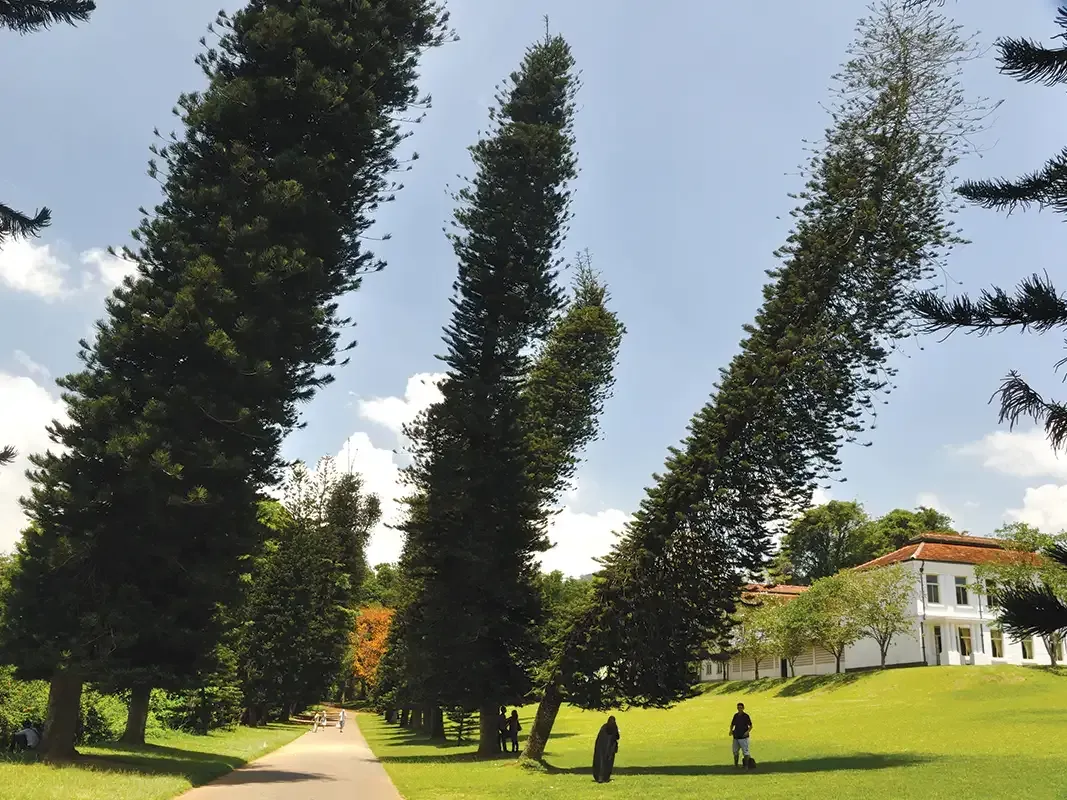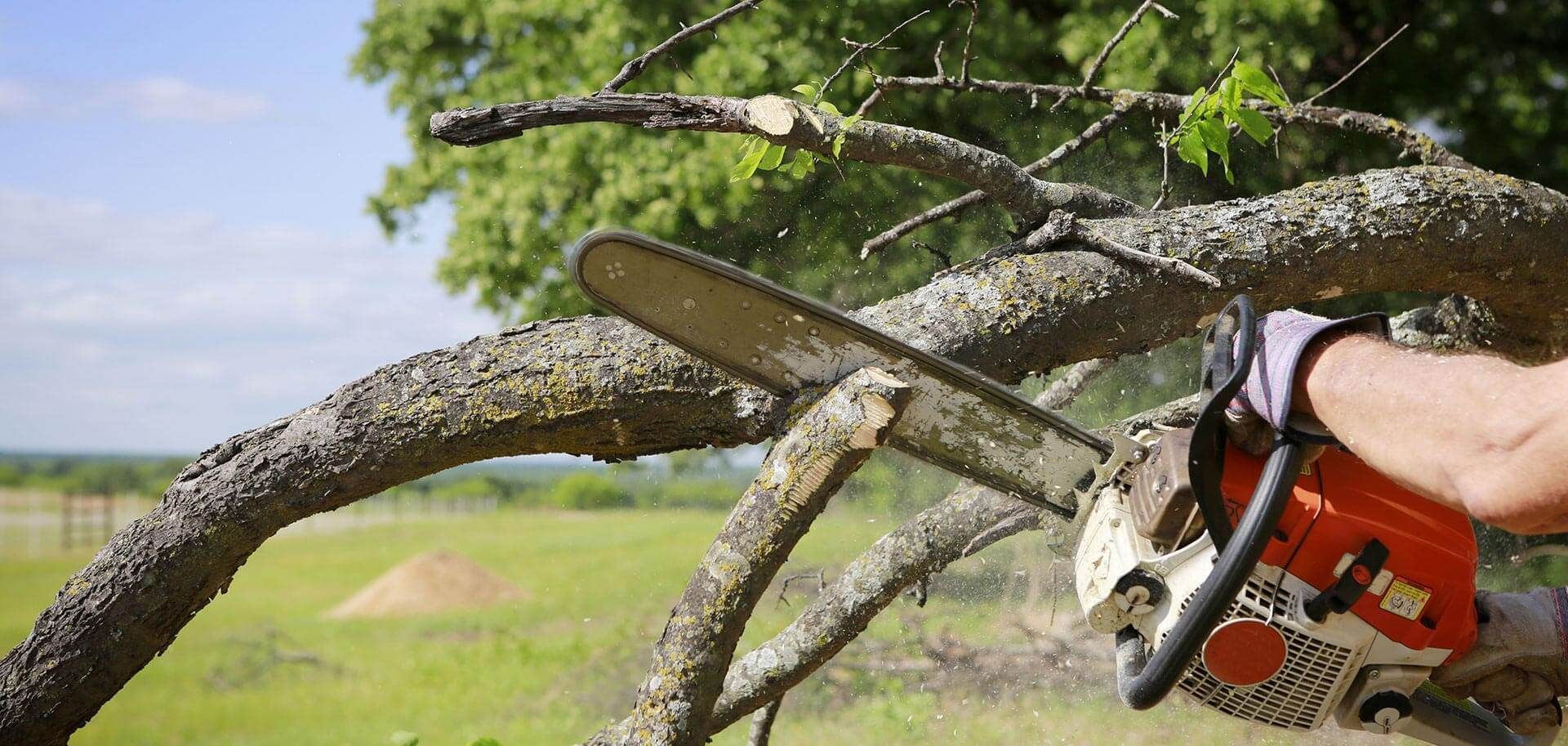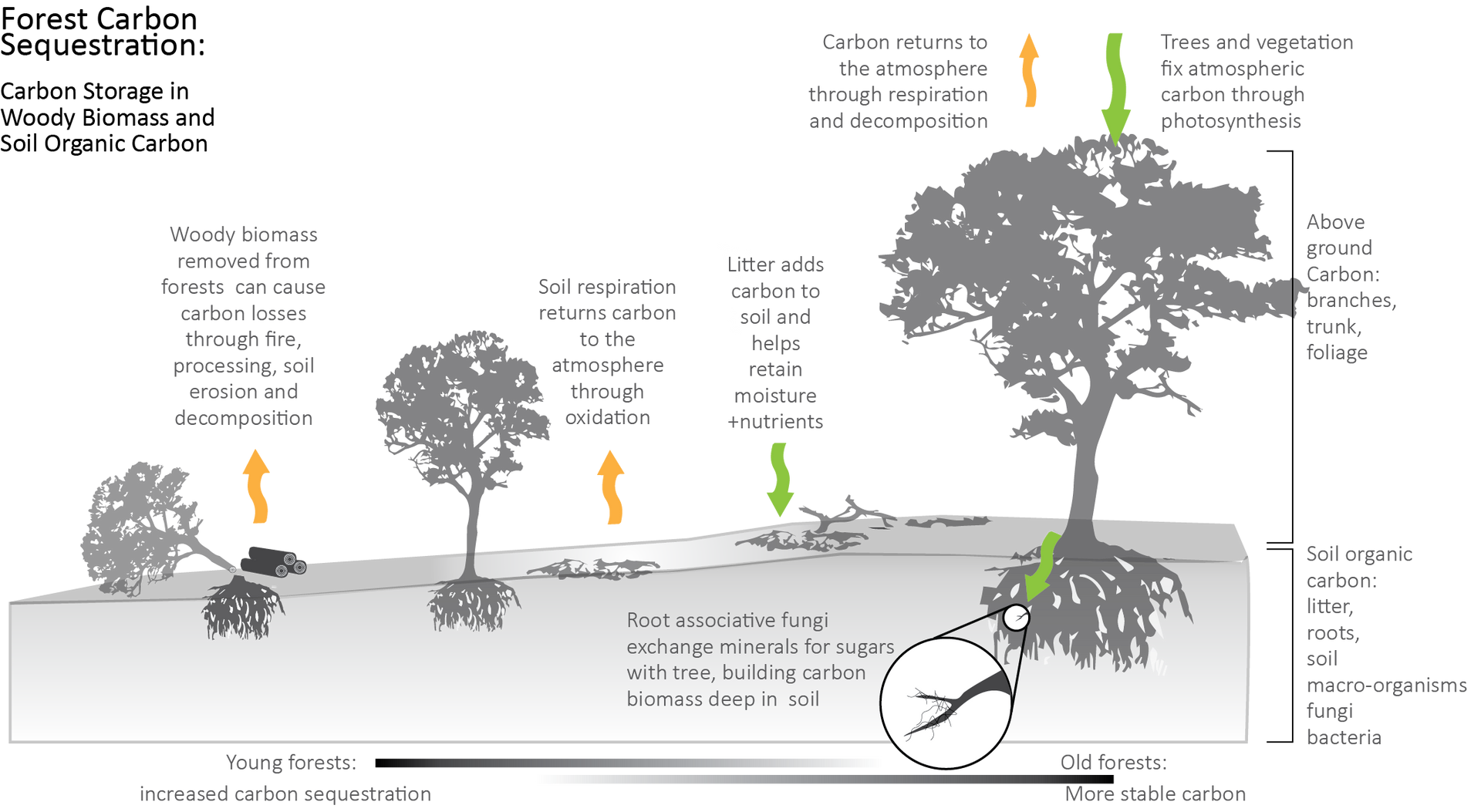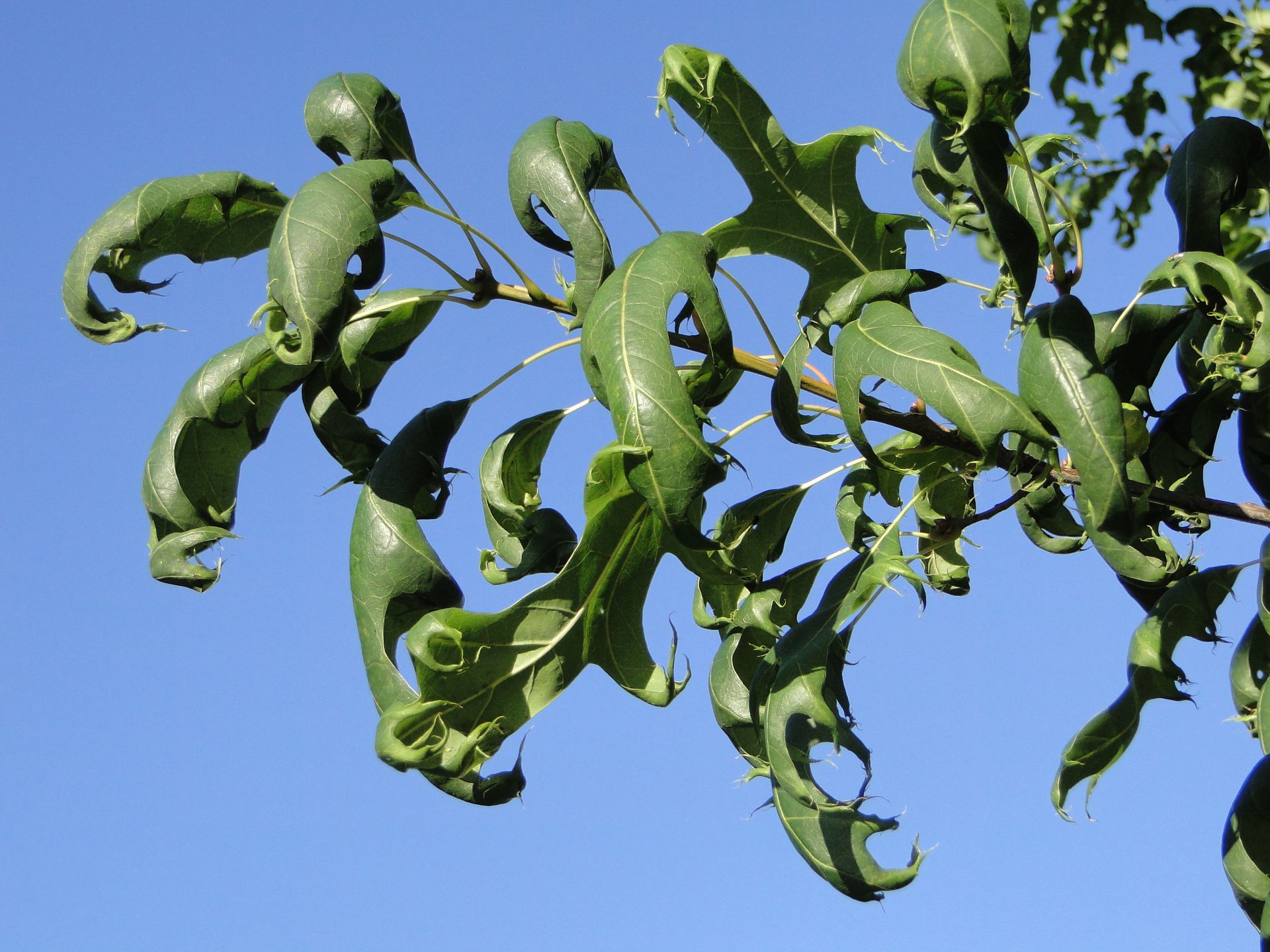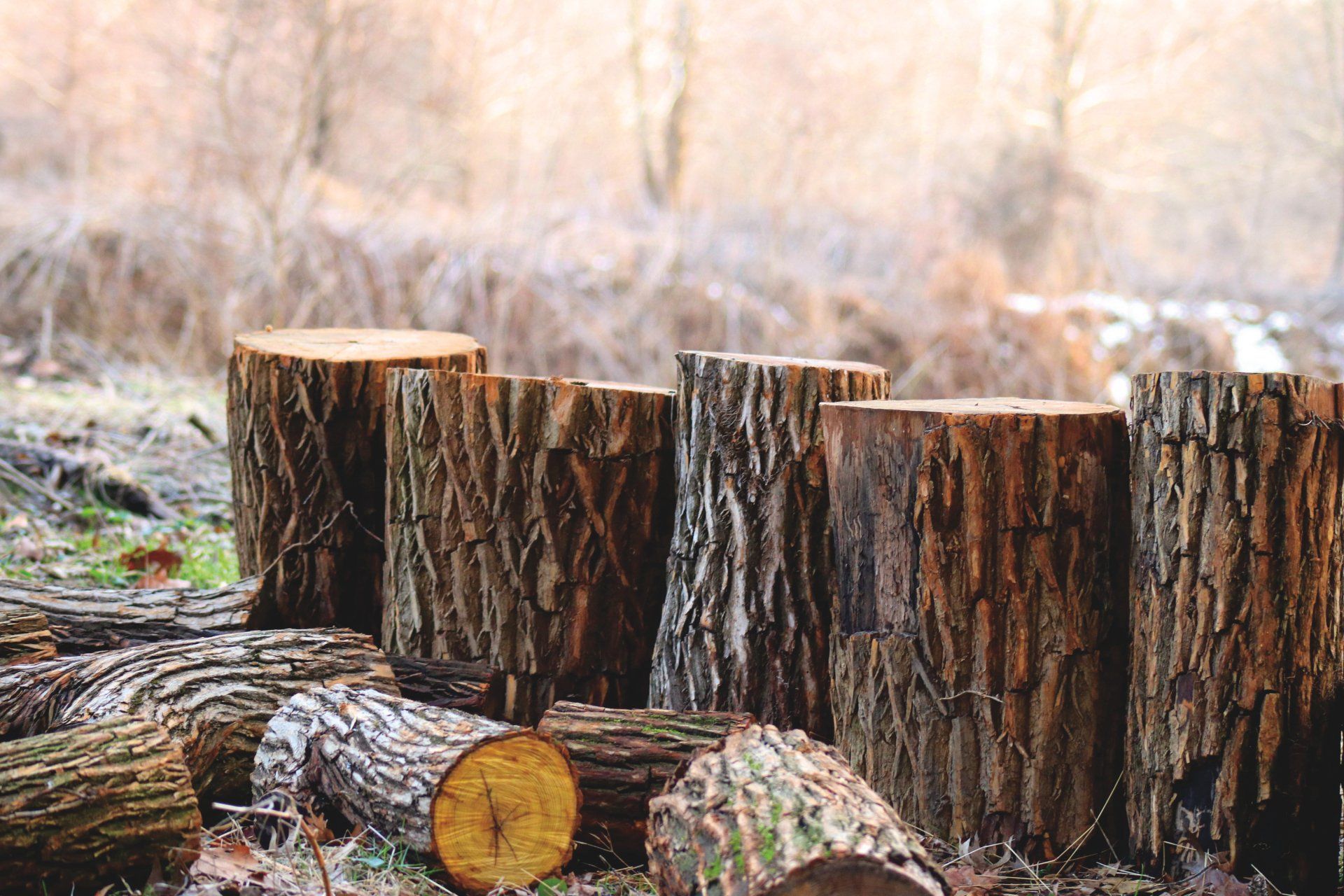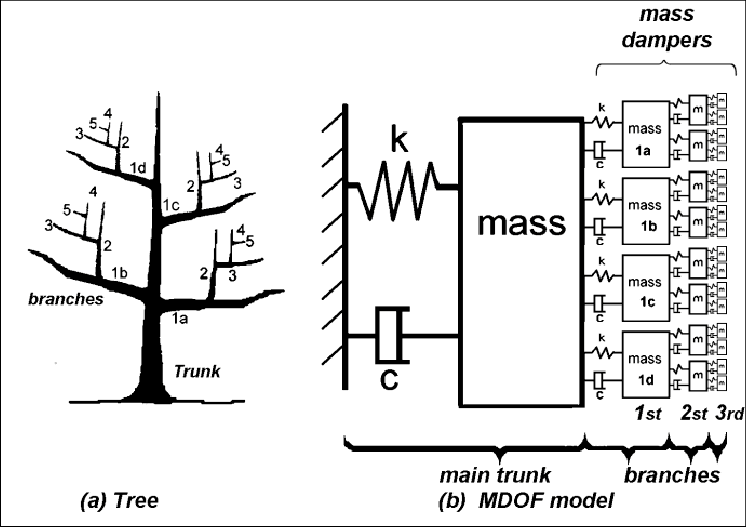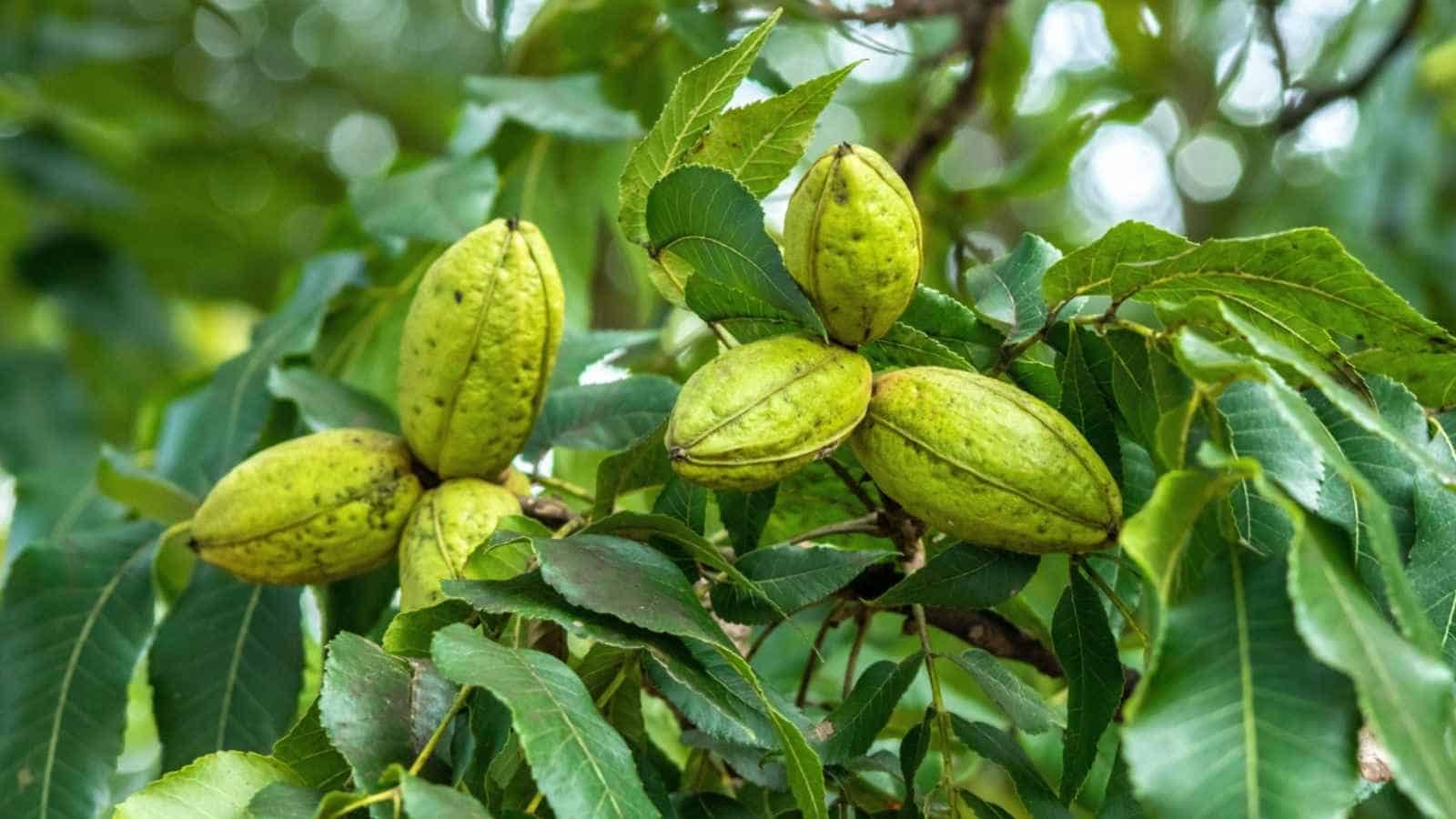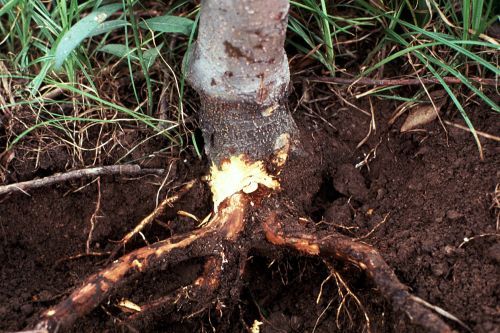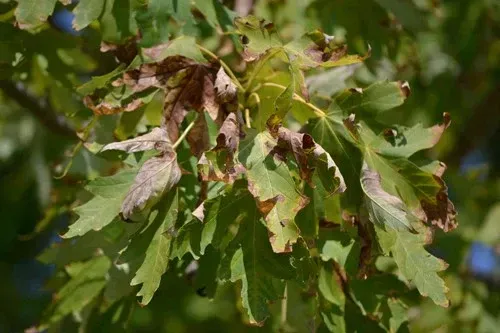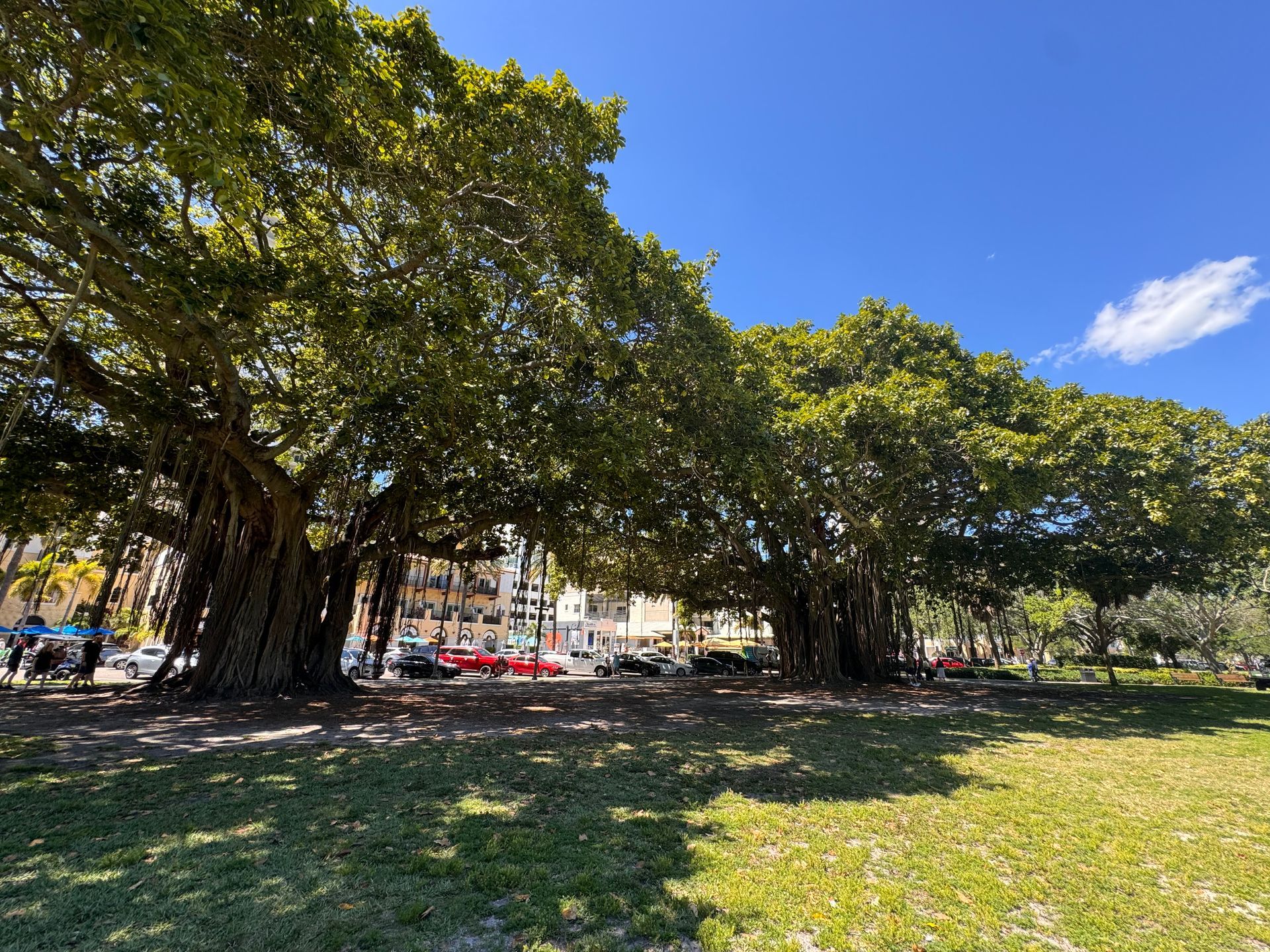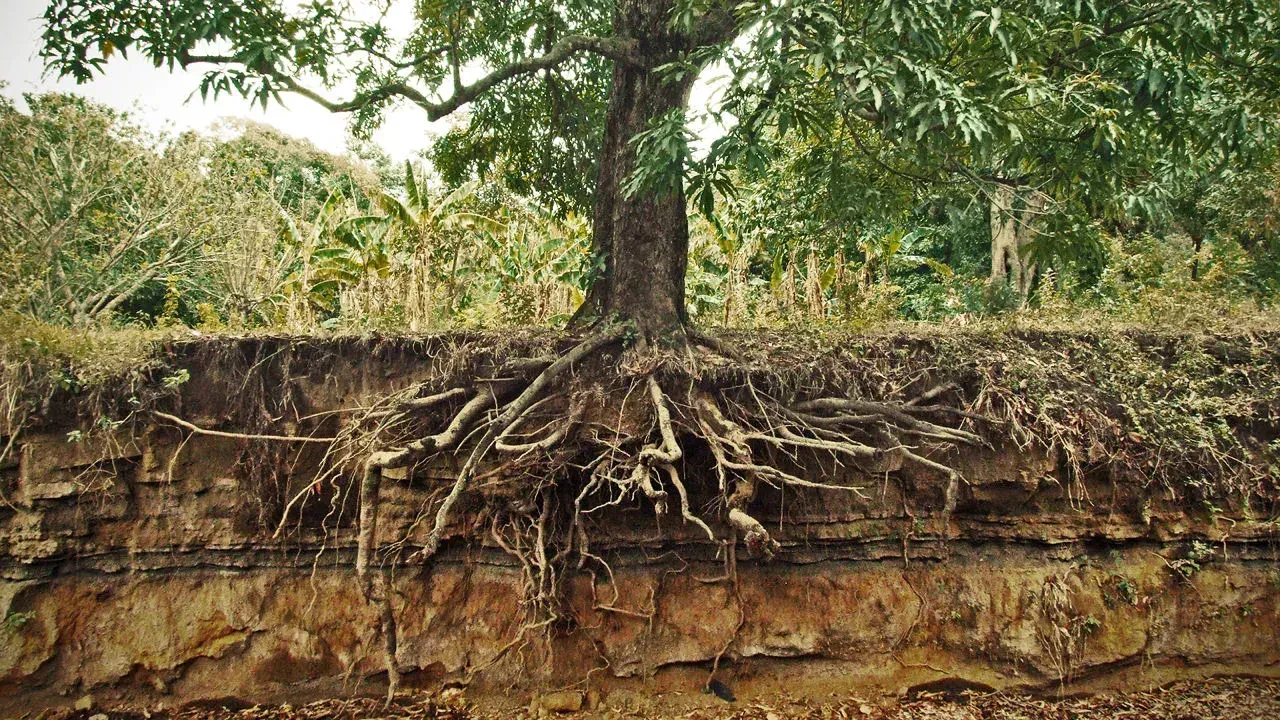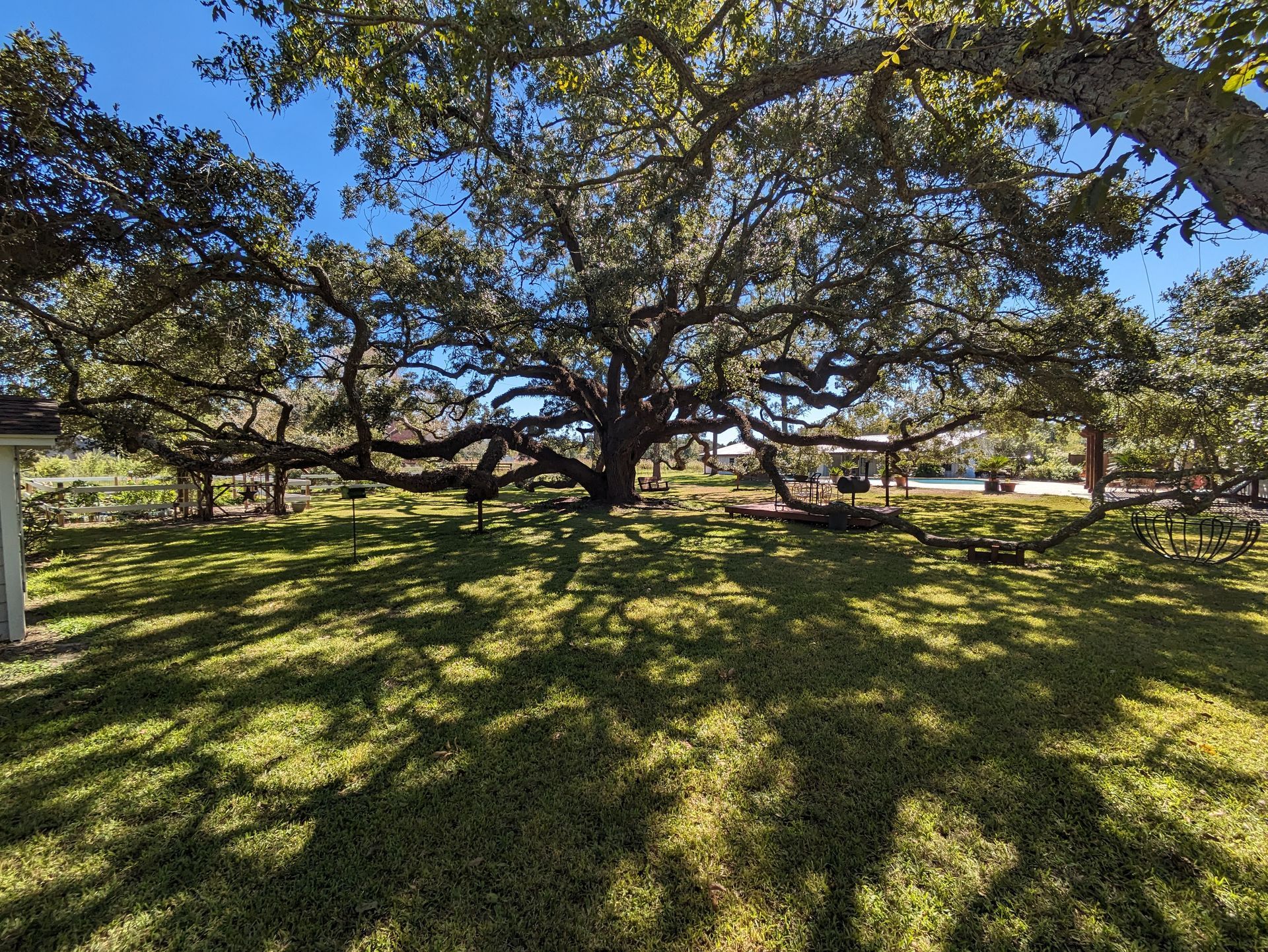Liriope’s Muse: Tree Care Tips from a Master Arborist
TRUSTED TREE CARE SERVICES SINCE 1970
Liriopes Muse: Can I trim my neighbor's overhanging tree branches if they are on my property?
Does your neighbor have a pesky tree dropping leaves in your pool? Maybe an unsightly branch hanging over your fence? Or maybe you’re concerned that your neighbor’s tree is posing a risk to your home or property and don’t know how to go about handling it. In this blog, we will discuss your rights as a homeowner and the legalities surrounding trimming your neighbor’s tree from your property.
A tree that crosses over a boundary line can cause a lot of confusion between neighbors as to who owns the tree and whose responsibility it is to maintain. If you happen to find yourself in a situation where your neighbor's tree is encroaching on your property, there are a few steps you can take. Firstly, try having an open and friendly conversation with your neighbor about the issue. They may not even be aware of the problem and might be willing to address it. If that doesn't work, consult your local ISA Certified Arborist. They will be familiar with your local and state guidelines/regulations regarding encroachment.
According to Texas.gov, a neighboring landowner has the right to trim or cut off the limbs or roots of the tree to the property line. However it is important to keep in mind that even though you may have the right to trim the tree, you could still be sued if the tree or other property is irreparably injured in the process. And the chances are that if you trim a mature tree that has been growing over your yard for years you will irreparably damage or kill that tree. It is important to note that though the initial pruning of the tree may not kill it, the resulting health decline can open up the tree to borers, disease, and fungi who will kill the tree. In other words, if the causal agent is pruning the roots or the limbs and the tree succumbs to a secondary condition like borers, disease, or fungi you can still be held liable. This is why it is essential that you hire a Certified Arborist who is highly experienced and qualified to prune the tree safely to avoid any potential harm.
How can I tell if a tree belongs to my neighbors?
Generally, the location of the trunk determines who owns the tree, however, there can be exceptions to this rule. For example, if the tree’s trunk is located on your property but its crown is overhanging on your neighbor’s property, they are entitled to that section of the tree. In fact, if you trim or remove the tree without permission you could be held liable up to treble the value of the percentage of the tree overhanging their property. In the case that a trunk is located on or split by the property line, it is called a shared tree, and each property owner has rights to the tree.
In the end, when deciding to trim your neighbor's tree it's essential to familiarize yourself with your local laws and regulations, as they can vary. Generally, you have the right to trim any branches that extend into your property, as long as you don't go beyond the property line. However, it's always best to approach the situation with open communication and discuss your concerns with your neighbor. It's also advisable to hire a professional arborist who can ensure the tree is trimmed properly and without causing damage. Remember, maintaining good relations with your neighbor is important, so try to find a solution that benefits both parties.
Liriope’s Muse - Expert Tree Care Tips
